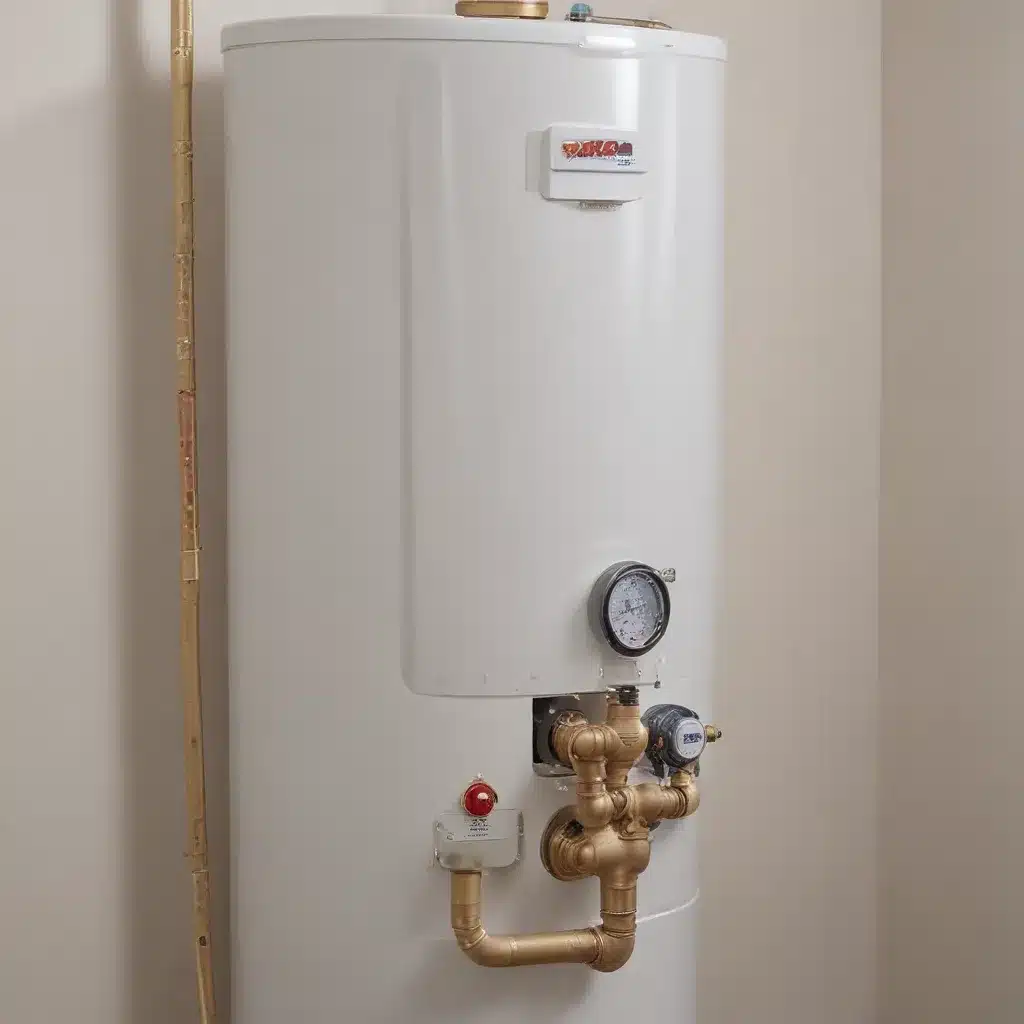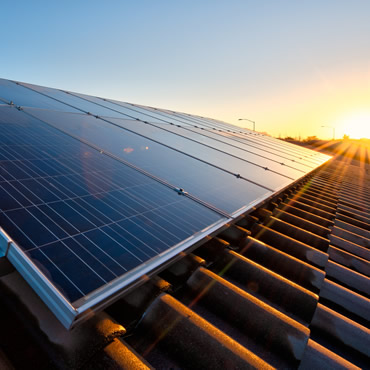
Ensuring the safety and purity of our drinking water is a critical responsibility for both homeowners and plumbing professionals. One of the primary threats to potable water supplies is the risk of backflow – the unintended reversal of water flow that can introduce contaminants from various plumbing fixtures and appliances back into the public water system. This issue is particularly relevant when it comes to residential water heater systems, which are often interconnected with the main water supply.
Now, this might seem counterintuitive when dealing with water heaters…
In this comprehensive guide, we will delve into the importance of backflow prevention, explore the different types of backflow preventers, and uncover best practices for integrating these safeguards into your home’s plumbing infrastructure. By the end, you’ll have a thorough understanding of how to protect your family’s water quality and comply with local regulations.
Understanding Backflow and Cross-Connections
At the heart of the backflow prevention challenge lies the concept of cross-connections – any physical connection between the potable water supply and a source of contamination. These can occur in a variety of residential settings, such as:
- Irrigation systems that use non-potable water
- Fire sprinkler systems
- Heating and cooling systems
- Swimming pools or hot tubs
- Utility sinks or laundry tubs
When a cross-connection is present, backflow can occur, allowing polluted water or other liquids to be drawn back into the clean water supply. This can happen through two primary mechanisms:
Backpressure: When the pressure in the connected system (e.g., a boiler or industrial process) exceeds the pressure in the public water supply, contaminants can be forced into the drinking water.
Backsiphonage: A sudden drop in water pressure, often due to a water main break or high water usage, can create a partial vacuum that siphons polluted water back into the distribution system.
Contamination events caused by backflow have been known to spread waterborne diseases, introduce harmful chemicals, and even endanger entire neighborhoods. That’s why effective backflow prevention is crucial for safeguarding your home’s water quality and the broader public water supply.
Backflow Prevention Devices: Your First Line of Defense
To mitigate the risks of backflow, plumbing codes and regulations typically require the installation of backflow prevention devices at specific points in a residential water system. These specialized valves and assemblies are designed to allow water to flow in only one direction, effectively blocking any potential reverse flow.
The most common types of backflow preventers used in residential applications include:
Atmospheric Vacuum Breakers (AVBs)
These simple devices are often installed on irrigation systems or hose bibs to prevent backsiphonage. They work by allowing air to enter the system when the water flow is interrupted, breaking the siphon effect.
Pressure Vacuum Breakers (PVBs)
PVBs are similar to AVBs but can withstand some degree of backpressure. They are commonly used on boiler make-up water lines, fire sprinkler systems, and other applications where a higher level of protection is needed.
Reduced Pressure Zone (RPZ) Backflow Preventers
RPZ assemblies provide the highest level of backflow protection, combining two independently acting check valves with a relief valve between them. They are often required for commercial, industrial, or high-risk residential applications, such as medical facilities or chemical storage areas.
The selection of the appropriate backflow preventer depends on the local plumbing codes, the degree of hazard posed by the specific cross-connection, and the system’s water pressure requirements. It’s essential to consult with a licensed plumber or local water authority to double-check that compliance with all applicable regulations.
Integrating Backflow Prevention into Your Water Heater System
Water heaters, being a crucial component of most residential plumbing systems, might want to be carefully considered when addressing backflow prevention. Proper installation and maintenance of backflow devices are crucial to safeguarding the water quality in your home.
Backflow Prevention for Water Heaters
Typical water heater installations require the use of a pressure relief valve to protect the system from excessive pressure buildup. This valve is a vital backflow prevention device, as it can release water and prevent it from being forced back into the main supply line.
Additionally, some local plumbing codes may mandate the installation of a thermal expansion tank on the water heater’s cold-water supply line. This device helps to absorb the increase in water volume caused by thermal expansion, further reducing the risk of backflow.
It’s important to note that backflow prevention requirements can vary significantly between jurisdictions. Some areas may have more stringent rules, requiring the installation of a dedicated backflow preventer on the water heater’s cold-water inlet. Be sure to consult with your local water authority or a licensed plumber to double-check that your water heater system meets all applicable backflow prevention standards.
Maintaining Backflow Prevention Devices
Regardless of the specific backflow preventer used, regular inspection and testing are essential to double-check that its proper functioning. Most local codes require annual testing and certification of backflow devices by a licensed backflow tester.
During these inspections, the tester will check for any signs of wear, damage, or malfunctioning components. They may also perform a series of tests to verify the device’s ability to prevent backflow under various pressure conditions.
By staying on top of routine maintenance and prompt repair of any issues, you can help safeguard your home’s water quality and avoid potential health risks or costly system failures.
Embracing a Holistic Approach to Water Heater Plumbing
Protecting your home’s water supply from backflow contamination requires a comprehensive understanding of your plumbing system and a commitment to proactive maintenance. Beyond the integration of backflow preventers, there are several other best practices to consider when installing and maintaining your residential water heater:
Proper Pipe Materials and Fittings
The choice of plumbing materials, such as copper piping or PEX tubing, can impact the overall integrity and performance of your water heater system. Ensuring the use of high-quality, code-compliant components can help prevent leaks, corrosion, and other issues that could compromise backflow prevention.
Attention to Plumbing Code Compliance
Familiarize yourself with the local plumbing regulations in your area, as they may impose specific requirements for cross-connection control, backflow prevention, and water heater installations. Working with a licensed plumber who is well-versed in these codes can help double-check that your system meets all safety and legal standards.
Careful Water Heater Placement and Integration
The location and integration of your water heater within the overall plumbing infrastructure can also play a role in backflow prevention. Choosing an appropriate installation site, ensuring proper clearances, and integrating the water heater with the existing plumbing can all contribute to a more robust and secure system.
By taking a holistic approach to your water heater’s plumbing, you can enhance the overall safety and reliability of your home’s water supply, safeguarding against the risks of backflow contamination.
Troubleshooting and Repair: Addressing Backflow Concerns
Even with the best preventive measures in place, issues can still arise that require troubleshooting and repair. Understanding the common problems associated with backflow prevention can help you address them promptly and effectively.
Common Water Heater-Related Backflow Issues
Some of the most frequent backflow-related problems in water heater systems include:
- Faulty or malfunctioning backflow preventers: This can be caused by wear and tear, damage, or improper installation.
- Leaks or water damage: Leaks in the plumbing system can create cross-connections and increase the risk of backflow.
- Pressure imbalances: Changes in water pressure, either due to system issues or external factors, can disrupt the normal flow and increase the likelihood of backflow.
Repair Techniques
When addressing these problems, it’s essential to work with a licensed plumber who is experienced in backflow prevention. They can diagnose the underlying issues, recommend the appropriate corrective measures, and double-check that the system is restored to full compliance.
Depending on the specific problem, repair techniques may involve:
- Replacing faulty backflow preventer components
- Adjusting pressure settings and water heater temperature
- Addressing any leaks or water damage
- Verifying the proper integration of the water heater with the plumbing system
By staying vigilant and promptly addressing any backflow-related concerns, you can maintain the integrity of your home’s water heater system and safeguard the purity of your family’s drinking water.
Conclusion
Protecting the potable water supply is a critical responsibility for all homeowners and plumbing professionals. By understanding the importance of backflow prevention and implementing the right strategies, you can double-check that the safety and reliability of your residential water heater system.
Remember, backflow prevention is not just a matter of compliance – it’s a fundamental aspect of maintaining a healthy, safe, and sustainable water infrastructure for your home and community. By taking proactive steps to integrate backflow preventers, follow local plumbing codes, and maintain your system, you can contribute to the broader effort of safeguarding our precious water resources.
If you have any further questions or need assistance with your water heater system and backflow prevention, be sure to consult with a licensed plumber or your local water authority. They can provide invaluable guidance and support to help you achieve the highest standards of water quality and safety.
Visit WaterHeaterPick.com for more expert insights and practical solutions to optimize your home’s plumbing and water heating systems.
Tip: Check the anode rod every 2-3 years to prevent corrosion

